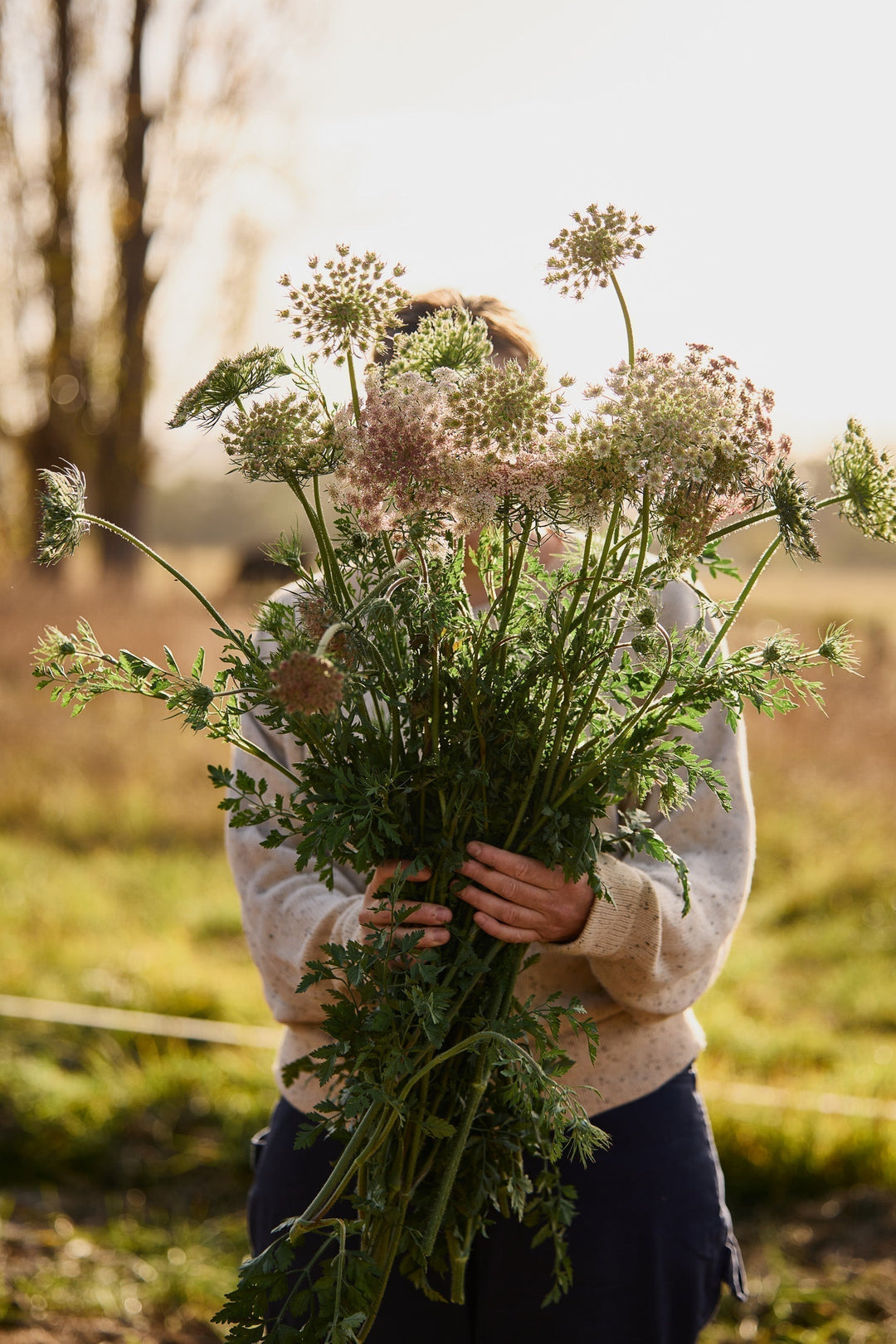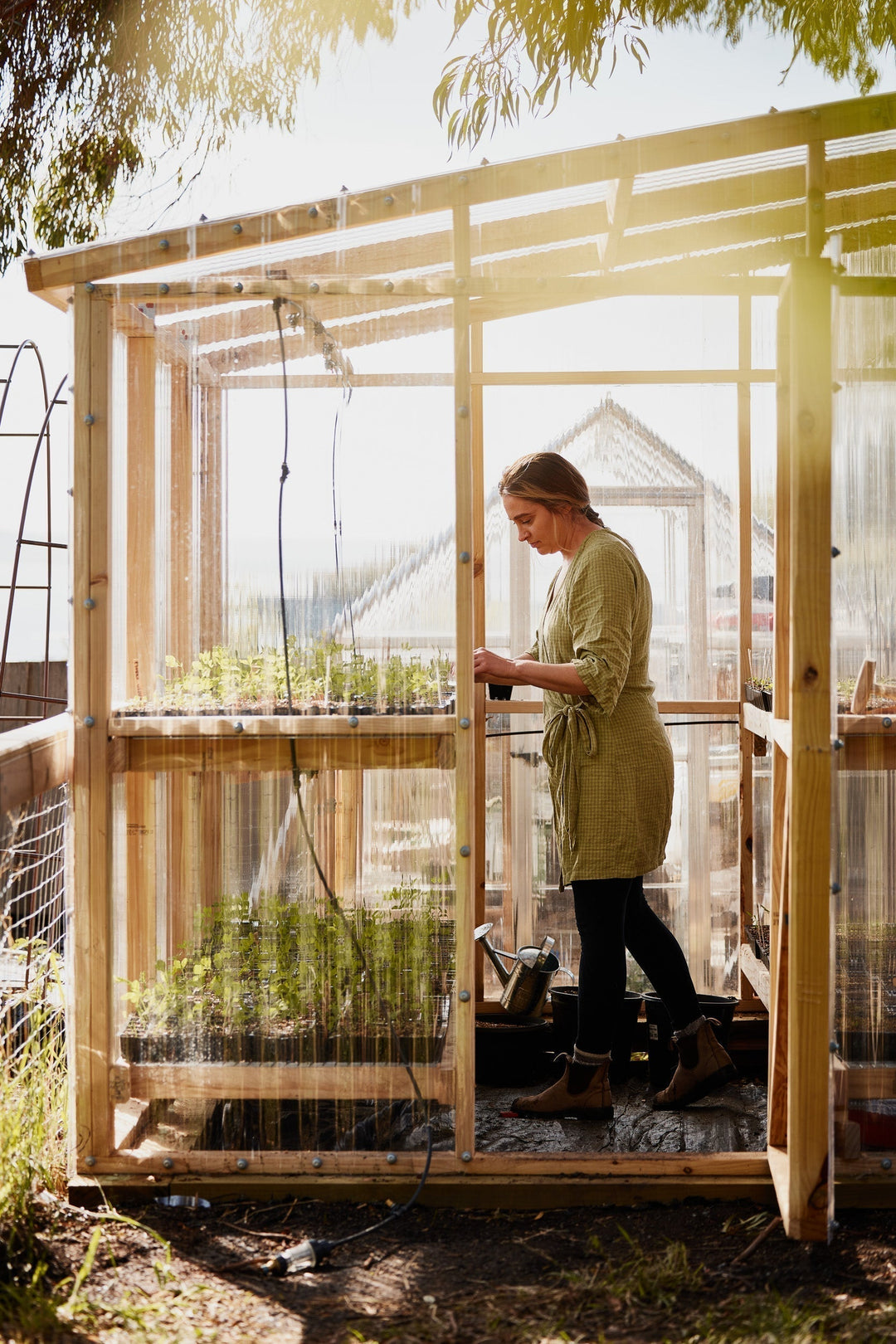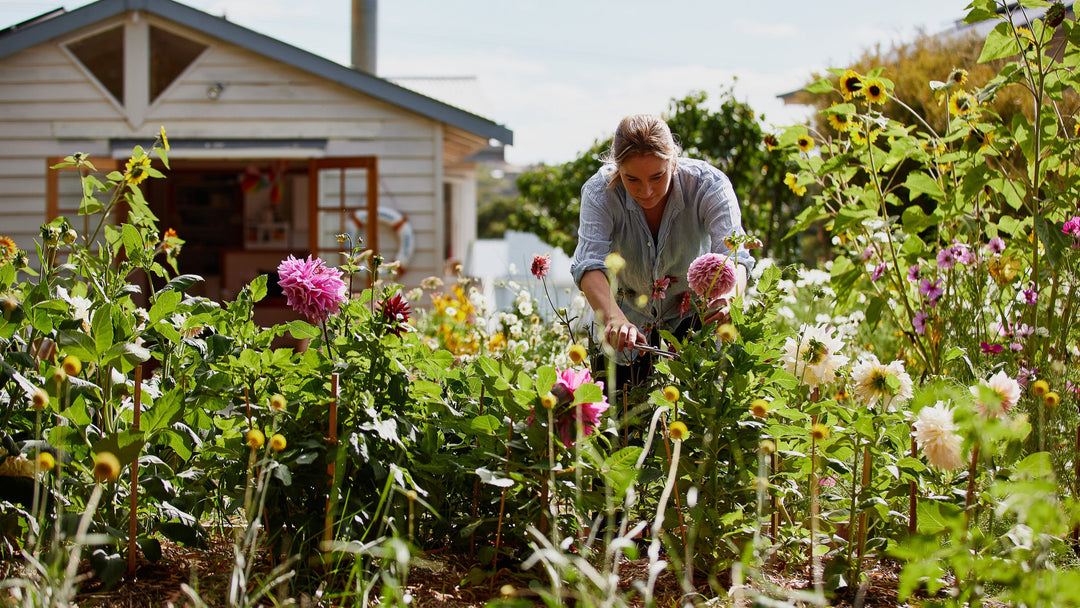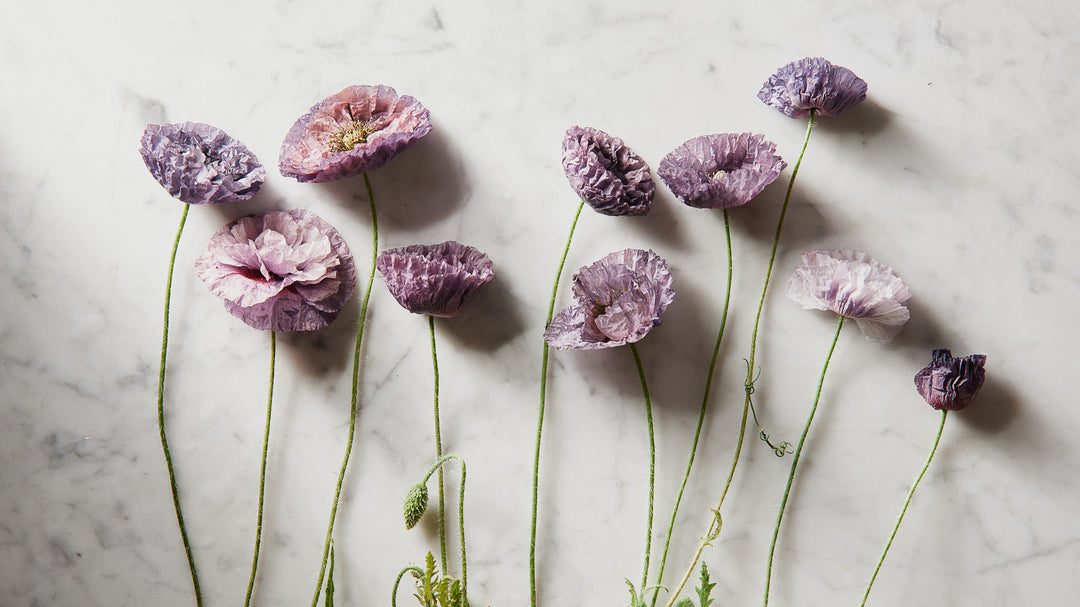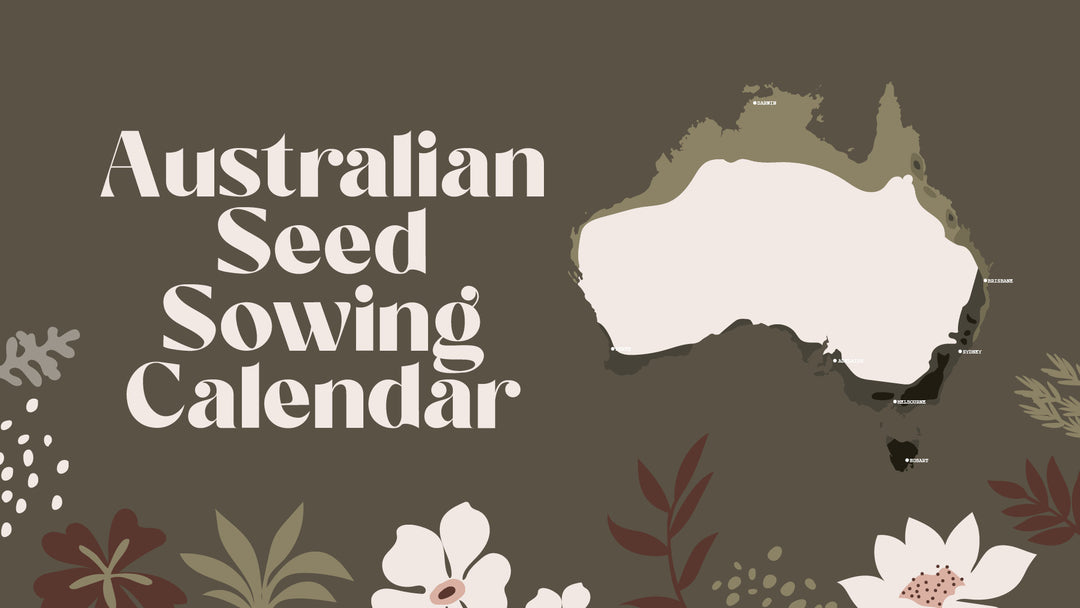How To Grow Poppy Flowers From Seed

Types of Poppies:
Poppy Papaver nudicaule is a perennial but mostly grown as an annual. They do best in cooler conditions and can handle a light frost. We now have the new Italian bred breed Colibri Rosa & Colibri Salmonato, these varieties have HUGE blooms in the softest peaches and salmons.
We have the beautiful Poppy Australis, which has the largest blooms of the nudicaule varieties flowering in soft pastel lavender, salmon, lemon, cream and pinks.
Poppy Papaver rhoeas have lovely crepe papery petals that can be singles or doubles. Varieties include Shirley, Angel's Choir, Falling In Love, Flanders Red and the new Amazing Grey.
Poppy Papaver paeoniflorum are big peony like fluffy double flowers (unfortunately we are unable to stock this variety as it is not allowed in Tasmania).
Sowing Tips
- Seeds can be sown late summer and autumn. They can be sown winter in warmer climates.
- Poppy seeds are extremely tiny - probably the tiniest seeds you will see, therefore it is best to start them off in small single cell punnets in a greenhouse.
- Start by gently pressing the seeds on the onto surface soil and no need to cover, a layer of vermiculite will help hold the seeds in place.
- Water in the seeds by misting or bottom watering to avoid dislodging the seed or pushing them too far down into the soil. If sowing the seeds into small single cell punnets, be aware they can dry out quickly, and may need watering twice daily. Growing in single cell punnets can be beneficial to help root disturbance.
- Germination should occur at around 7-21 days. I have found the poppy colibri to take the longest to germinate and can take up to 28 days, but trust me they are well worth the wait! Optimal soil temp should be around 15-20 degrees.
- Poppy seeds can be sown direct, but as they are so tiny I prefer to raise seedling to prevent them being washed away with heavy rains.
Planting Tips
- Poppies dislike having their roots disturbed, so take care when transferring into the garden.
- Poppies can tolerate poor soil conditions, but providing them with nutrient rich, well draining soil and applying a diluted seaweed treatment every few weeks will help encourage growth.
- Some poppies may require netting or support to avoid getting damaged from wind.
- They do not need to be over watered- poppies dislike being water logged.
- They prefer a full sun position with at least 6hrs of sun a day.
- Poppies can be grown in pots, just make sure not to over water them and place them in an area that is in full sun.
Harvesting Tips:
It doesn't seem as though the delicate, ruffly papery texture of poppy petals would be hardy enough to last for days in a jar - but they do!
I think it is just magical watching them unfurl over days or even hours in your home.
For the longest lasting blooms for vase life, harvest your poppies when the buds are just slightly cracking and showing a splash of colour.
To extend the life of a cut poppy flower immediately after cutting plunge roughly 2.5cm off the stems in clean boiling water for about 10 seconds.
They will last 5-7 days in a vase, changing the water often and adding in some flower food powder or sugar, will help extend their vase life.
Poppies will self seed readily if left to go to seed.
Shop our poppy flower seed collection here.






